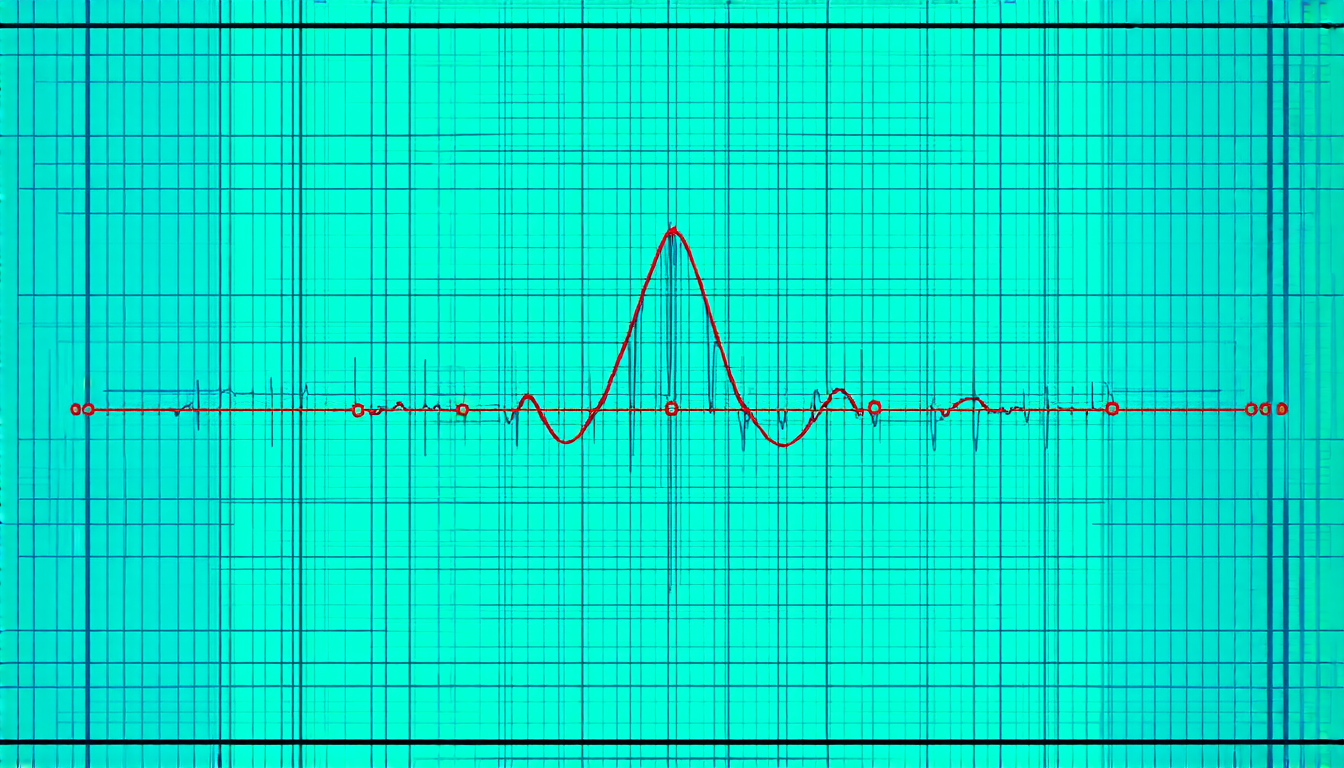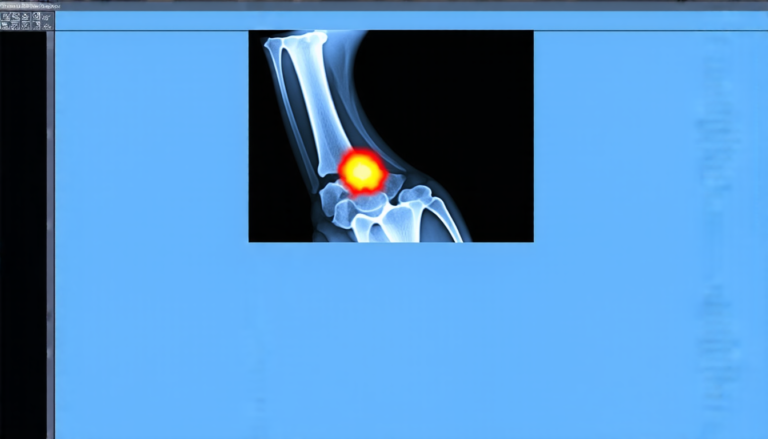Tuesday 25 March 2025
A team of researchers has made a significant breakthrough in the field of trigonometry, developing new formulas for calculating sine and cosine functions that are faster and more efficient than existing methods.
The traditional approach to computing trigonometric functions involves using Taylor series expansions orCORDIC algorithms, which can be slow and require large amounts of memory. However, the new formulas developed by the researchers use a piecewise approximation method, where the function is broken down into smaller pieces and approximated separately.
This approach allows for faster computation times and reduced memory requirements, making it more suitable for use in applications such as computer graphics, scientific simulations, and signal processing.
The researchers used a combination of linear interpolation and trigonometric identities to develop their formulas. They first divided the range of angles into smaller intervals and approximated the sine and cosine functions within each interval using linear interpolation. They then combined these approximations using trigonometric identities to create a new set of formulas that are valid for all angles.
The resulting formulas are not only faster and more efficient, but also more accurate than existing methods. This is because they take into account the non-linear nature of the sine and cosine functions, which can be difficult to capture with traditional Taylor series expansions.
One of the most significant advantages of the new formulas is their ability to accurately calculate trigonometric functions for angles near 90 degrees, where traditional methods often struggle. This makes them particularly useful in applications such as computer-aided design (CAD) software, where accurate calculations are critical.
The researchers believe that their new formulas have the potential to revolutionize the field of trigonometry and enable more efficient and accurate computations in a wide range of applications.
In addition to their technical significance, the new formulas also have practical implications for scientists and engineers. For example, they could be used to improve the accuracy and speed of simulations used in fields such as climate modeling and materials science.
Overall, the development of these new formulas is an important step forward in the field of trigonometry and has the potential to benefit a wide range of applications.
Cite this article: “Breakthrough in Trigonometry: New Formulas for Faster and More Accurate Calculations”, The Science Archive, 2025.
Trigonometry, Sine, Cosine, Formulas, Computation, Efficiency, Accuracy, Taylor Series, Cordic Algorithms, Piecewise Approximation.







